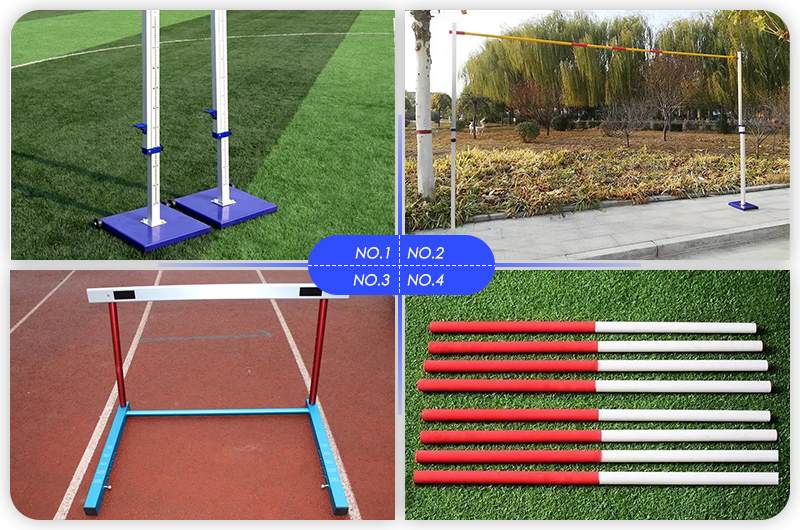news
2 series Sports aluminum profile
The research and development of 2xxx aluminum alloys is of great significance to the development of the sports equipment manufacturing industry. The proportion of 2xxx aluminum alloys in the sports equipment manufacturing industry is25%, and mainly used for structural materials. In the early stage of industrial development, the requirements for aluminum alloys only need to meet a certain static strength to reduce the structural quality, so 2024-T3 aluminum alloys were developed during this period. 2024 aluminum alloy can be said to be the most basic and widely used alloy among 2xxx aluminum alloys. The alloy has high strength, excellent heat resistance and workability, but low corrosion resistance. With the research and development of alloy technology, due to the deepening research on the properties of aluminum and its alloys, the performance of 2124, 2224, 2324, etc. has been gradually improved, and it has been gradually and widely used in various domestic sports equipment, using aluminum alloys. The percentage of material in the overall mass is 15%, such as high jump measuring rod, baton, high jump frame, high jump bar, hurdle frame, etc., are all made of 2024 aluminum alloy sheet, which has high strength and organizational stability.
2024 is a basic aluminum alloy of 2xxx series, and its composition is basically Cu and Mg, and also contains a small amount of Mn, as well as a small amount of Si, Fe and other elements. It belongs to the Al-Cu-Mg series with copper as the main additive element and can be strengthened by heat treatment aluminum alloy [5]. Copper plays a very important role in this series of alloys. It has a certain strengthening effect and can improve the strength and hardness of the alloy, but it also reduces the elongation of the alloy. The content of copper is very important to the properties of the alloy, and the strengthening effect is the best when it is 4% to 6%. Therefore, the content of copper in many hard aluminum alloys is in this range. If the content of copper is greater than this range, the deformation resistance of the alloy will be reduced. increases, along with a decrease in others such as corrosion resistance and weldability. In the actual application process, many companies add some other elements, such as magnesium, to the aluminum alloy in order to meet certain performance. The content of magnesium also has an influence on the alloy, and its effect after aging is obvious, and the mechanical properties are significantly improved, especially after artificial aging, the strength is significantly increased [6]. For example, increasing the magnesium content by 1% in the alloy can increase the tensile strength by 35MPa. exist
The magnesium content in the Al-Cu-Mg alloy is relatively low, and the ratio of impurity iron to silicon should be handled well to prevent the formation of Cu2FeAl7, so as not to reduce the heat treatment effect. Some of the materials also add a small amount of elements such as Mn, Si, Cr, Ti and Zr, which can increase the recrystallization temperature of the alloy, improve the welding performance of the material, and at the same time play the role of grain refinement.






